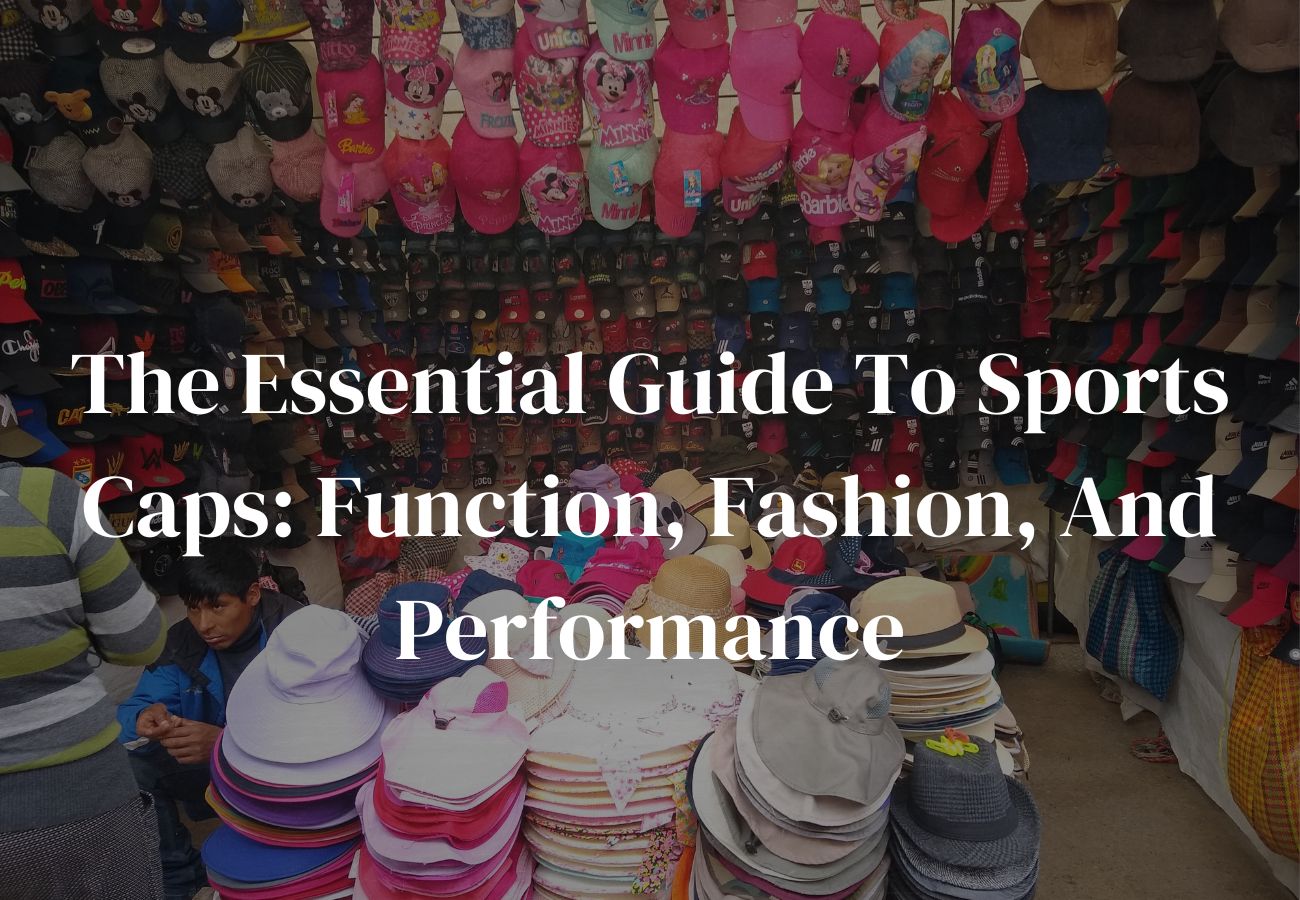USAA Commercial Property Insurance – Commercial property insurance is a critical component for businesses in the United States, providing protection against a variety of risks that can impact property and operations. This insurance is designed to cover buildings, equipment, inventory, and other physical assets from damage or loss due to incidents like fire, theft, and natural disasters. Understanding the intricacies of commercial property insurance helps businesses make informed decisions to protect their investments effectively.
Coverage Components
Commercial property insurance typically includes several key coverage components:
- Building Coverage: This protects the physical structure of a business, including walls, roof, and fixtures. It’s essential for businesses that own their buildings, ensuring that any physical damage can be repaired or the building can be replaced.
- Business Personal Property Coverage: This covers the contents within the building, such as furniture, equipment, inventory, and other business-related items. It’s crucial for businesses of all sizes, ensuring that operational disruptions due to property loss are minimized.
- Business Interruption Insurance: Also known as business income insurance, this component helps cover lost income and operating expenses if a business is temporarily unable to operate due to a covered event. This can include rent, payroll, and other ongoing expenses.
- Extra Expense Coverage: This covers additional costs incurred to continue operations while the damaged property is being repaired or replaced. For instance, it might cover the cost of renting temporary office space.
Types of Risks Covered
Commercial property insurance in the U.S. typically covers various risks, also known as “perils.” Commonly covered perils include:
- Fire: Damage caused by fire is a standard coverage in most commercial property insurance policies.
- Theft: Coverage for stolen property ensures businesses can recover the value of lost items.
- Vandalism: Protection against intentional damage or destruction of property by others.
- Natural Disasters: Coverage for natural disasters such as storms, hail, and in some cases, earthquakes and floods, though these may require additional endorsements or separate policies.
Policy Types
There are different types of commercial property insurance policies tailored to meet the specific needs of various businesses:
- Named Perils Policy: This policy only covers risks specifically listed in the policy. It’s often more affordable but provides narrower protection.
- All-Risk Policy: Also known as an open perils policy, this offers broader coverage by insuring against all risks except those specifically excluded. This type of policy is generally more comprehensive and preferred by businesses seeking extensive protection.
- Specialty Insurance Policies: Certain industries with unique risks might require specialized policies, such as equipment breakdown insurance, builders’ risk insurance, or inland marine insurance, which covers goods in transit.
Determining Coverage Needs
Several factors influence the coverage needs of a business, including:
- Location: Businesses in areas prone to natural disasters like floods, earthquakes, or hurricanes need additional coverage for these specific risks.
- Property Value: The total value of the building and its contents determines the amount of coverage required. Underinsuring can lead to significant financial loss if a major incident occurs.
- Industry: Different industries face unique risks. For example, a manufacturing plant might need more extensive coverage for machinery and raw materials compared to a retail store.
Premium Determination
The cost of commercial property insurance, known as the premium, depends on several factors:
- Value of the Insured Property: Higher value properties incur higher premiums due to the greater potential payout.
- Location: Properties in high-risk areas, such as those prone to natural disasters or high crime rates, typically have higher premiums.
- Deductibles: Higher deductibles can lower premiums, but increase out-of-pocket costs in the event of a claim.
- Coverage Limits: Higher coverage limits provide more protection but also increase the premium.
The Claims Process
Filing a claim for commercial property insurance involves several steps:
- Notification: Immediately notify the insurance company of the incident causing the damage or loss.
- Documentation: Provide detailed documentation of the damage, including photos, inventory lists, and receipts.
- Assessment: An insurance adjuster will assess the damage to determine the payout.
- Settlement: The insurance company provides a settlement based on the policy terms and the adjuster’s report. This may involve repairing or replacing the damaged property.
Choosing the Right Insurer
Selecting the right insurer is crucial for ensuring reliable coverage and service. Consider the following when choosing an insurance provider:
- Reputation: Look for insurers with a strong reputation for reliability and customer service. Online reviews and ratings can provide insights.
- Financial Stability: Ensure the insurer is financially stable and capable of paying claims, especially in the case of large-scale disasters.
- Coverage Options: Choose an insurer that offers flexible coverage options tailored to your specific business needs.
- Claims Process: Evaluate the ease and efficiency of the claims process. A streamlined claims process can significantly reduce the downtime after an incident.
Commercial property insurance is an essential safeguard for businesses in the United States, protecting against a wide range of risks that can disrupt operations and cause significant financial loss. By understanding the coverage components, types of policies, and factors influencing coverage needs and premiums, businesses can make informed decisions to ensure they have adequate protection. Selecting the right insurer and being prepared for the claims process further enhances the security and resilience of a business.







